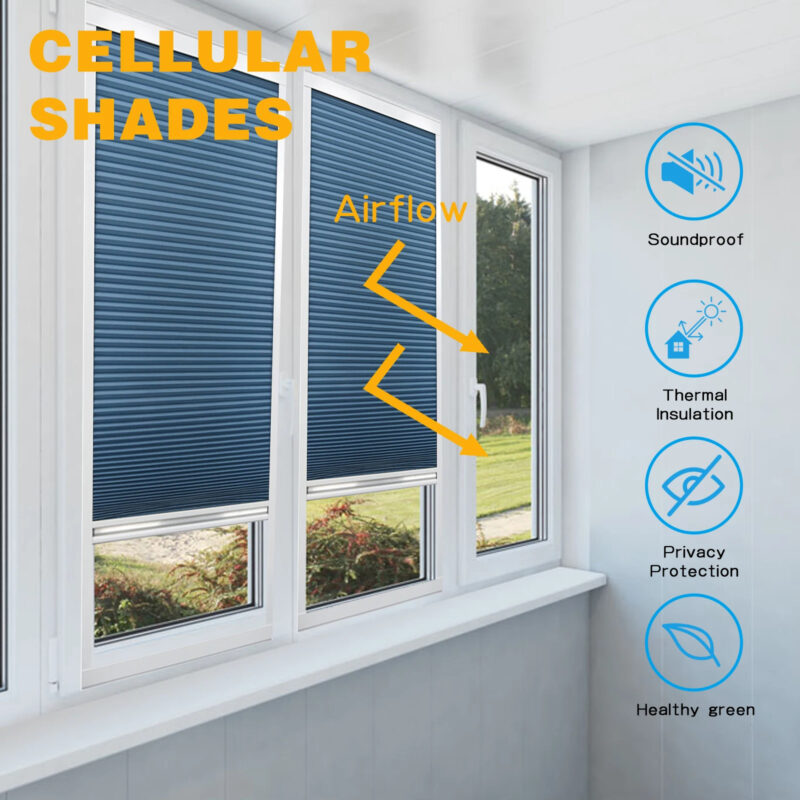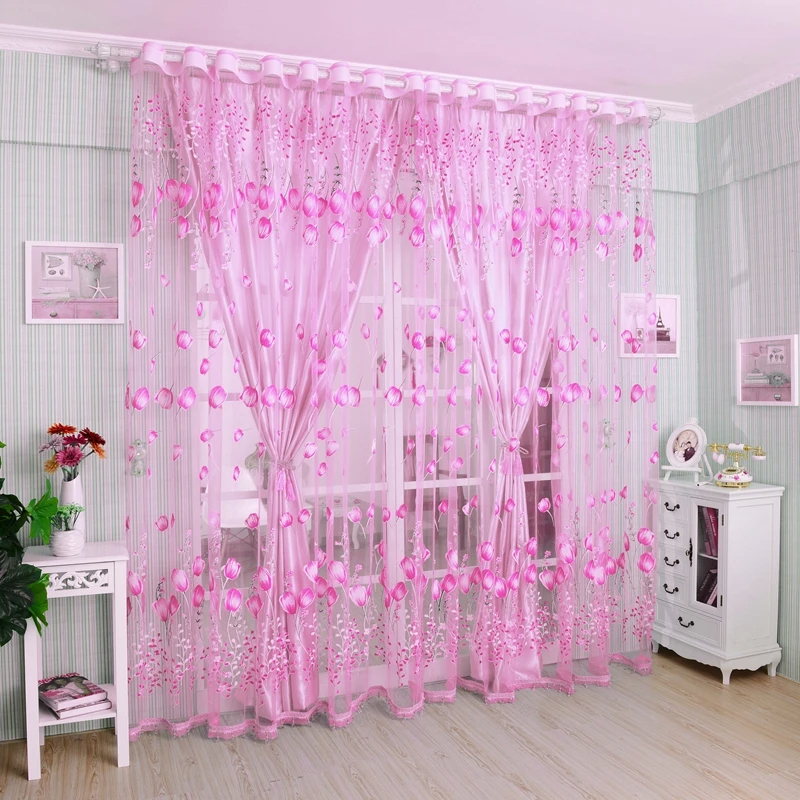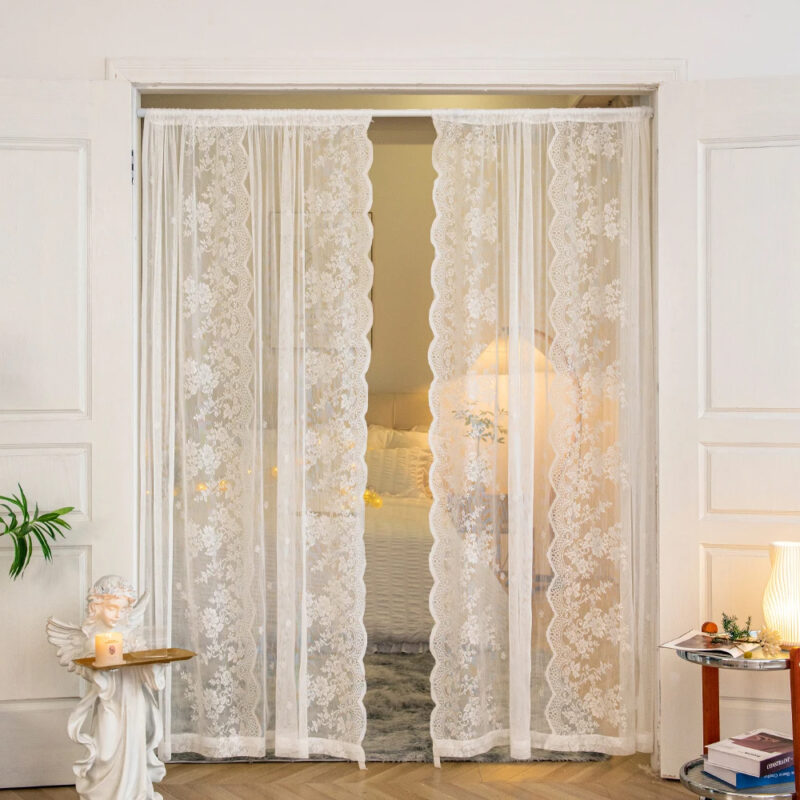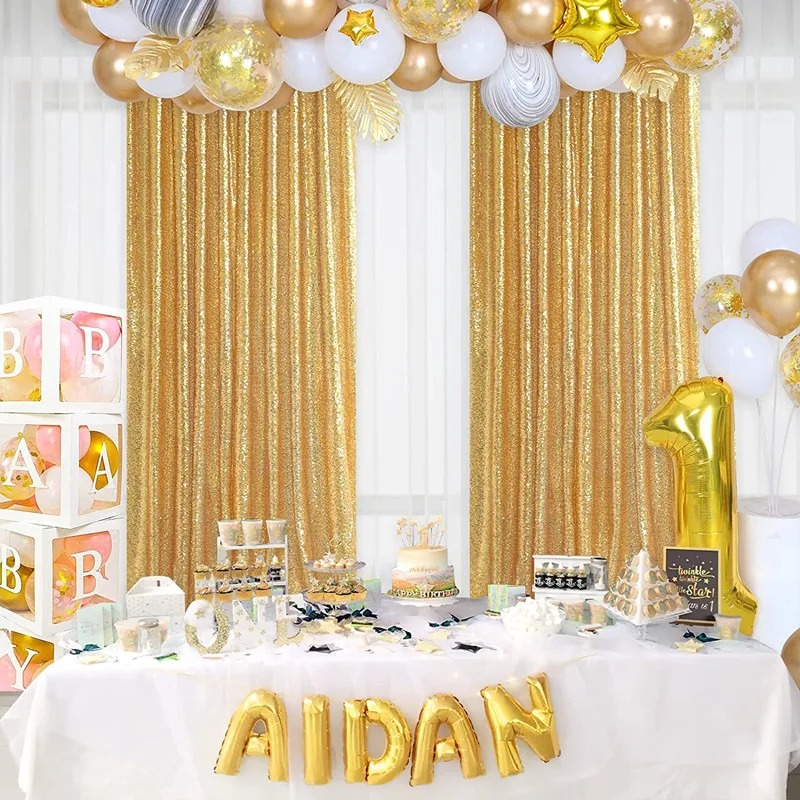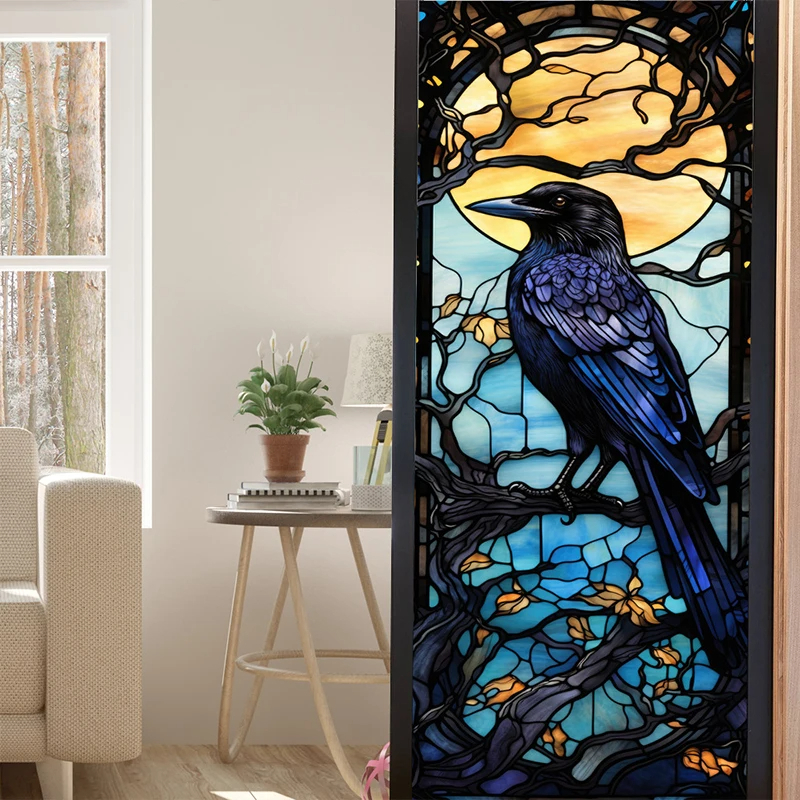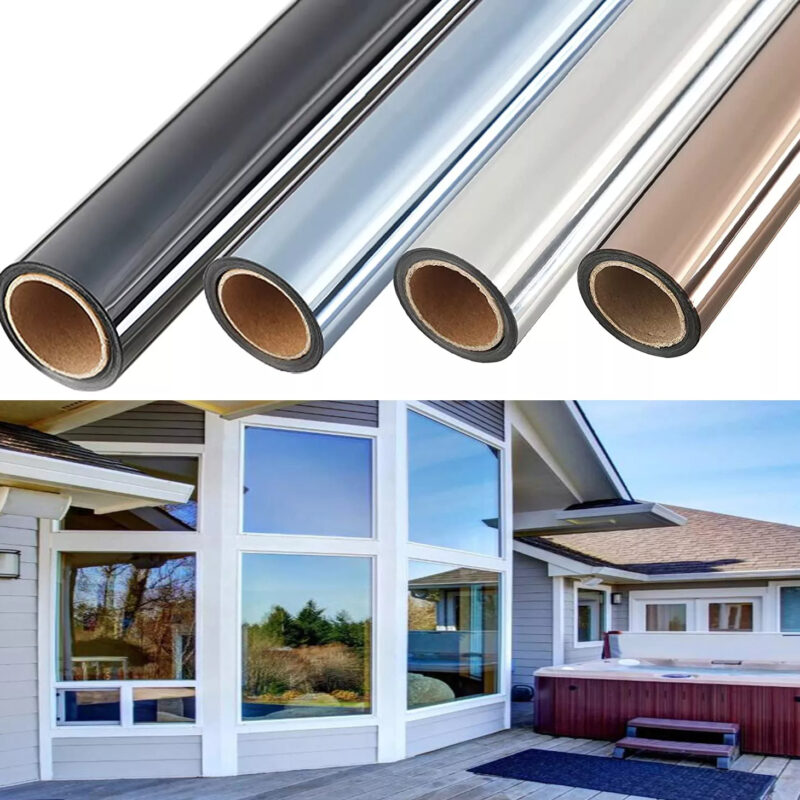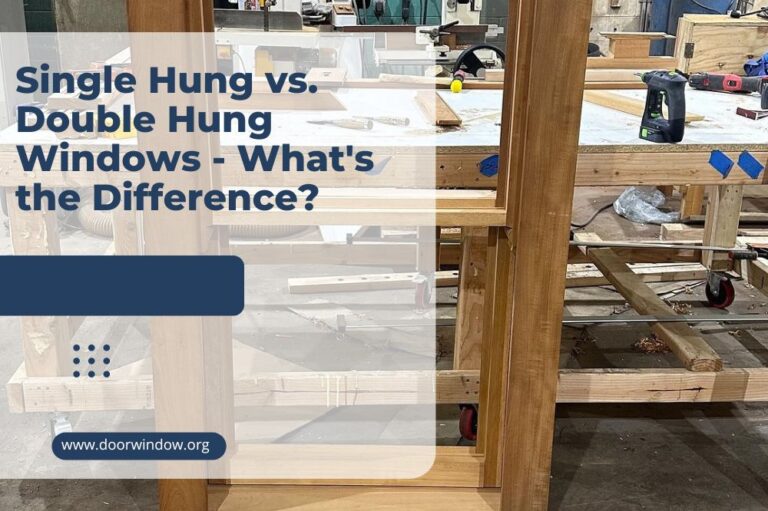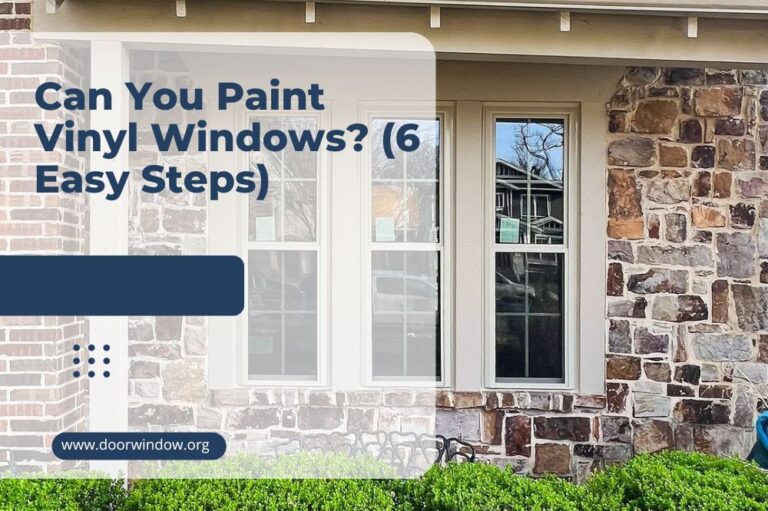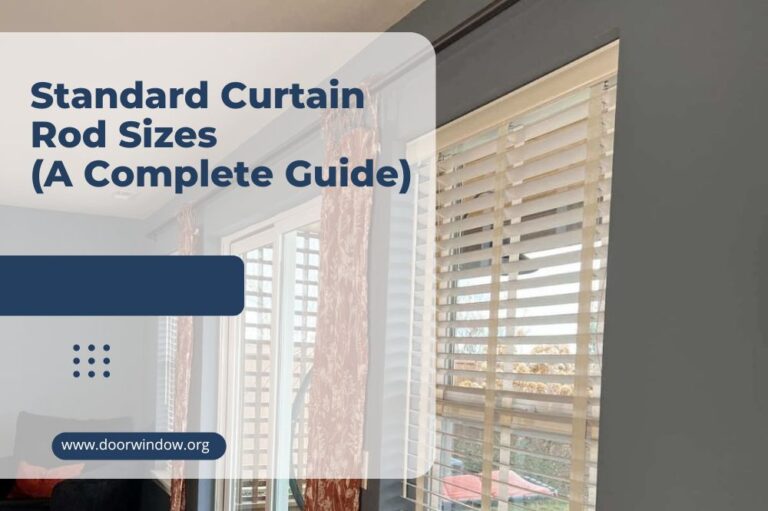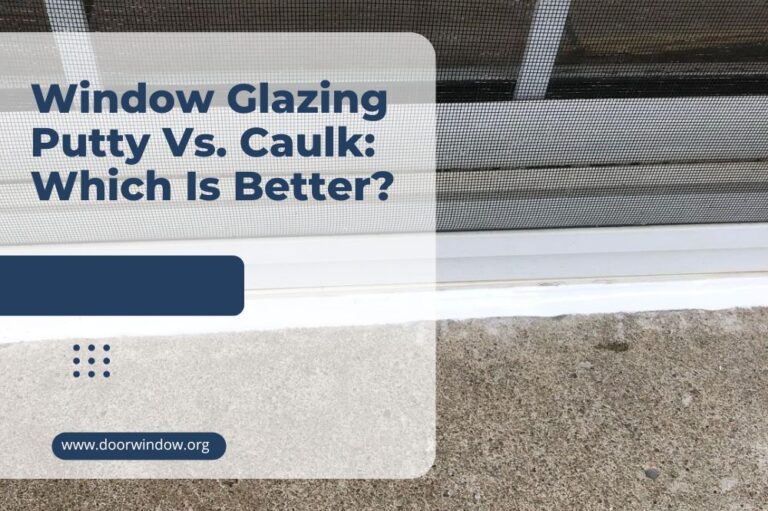Can You Put Window Film On Dual Pane Windows? (Fixed!!!)
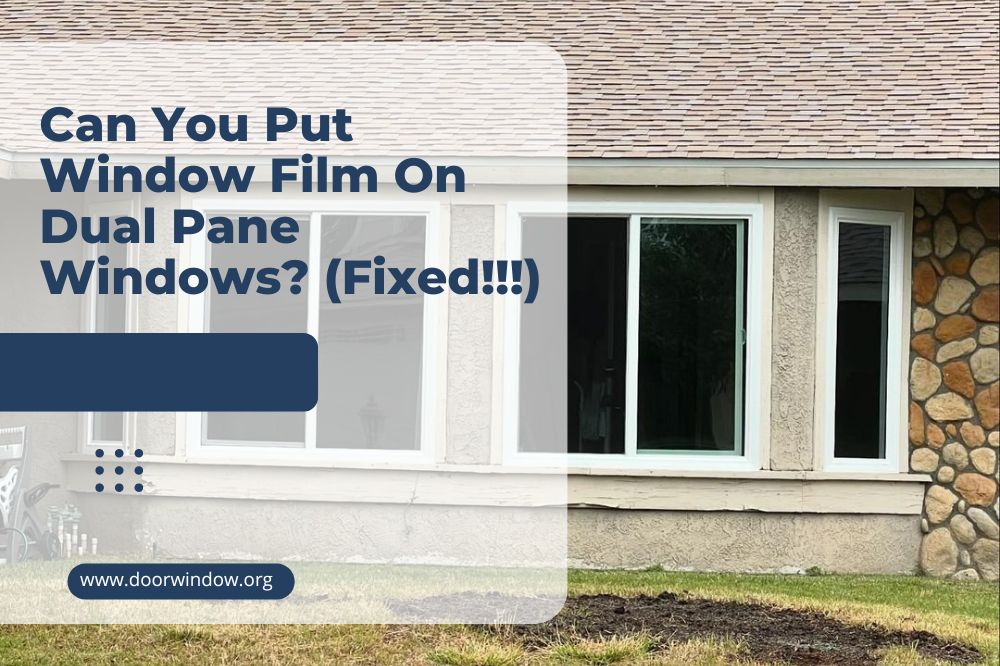
Are you installing new windows in your house? As homeowners, there are several queries that you need to take into account when placing these rather important components of a home. One of the most challenging questions is―can you put window film on dual pane windows?
Before we get into details, it’s pivotal to know more about the main topic at hand, which are the dual pane windows and window films. Both have certain characteristics that make them unique and remarkable. So, let’s have a short discussion to further understand these two.
Can You Put Window Film On Dual Pane Windows?
1. What are dual-pane windows?
Typical windows only have a single glass pane. With the advancements in the construction industry, experts created dual-pane windows or double-pane windows, which are actually an upgrade of the normal window types with only one glass.
Featuring two panes, this kind of window is highly recommended for added safety and durability. The glass materials are separated with a specific spacing material that helps in absorbing moisture within the surface. Aside from the spacer, there’s also the presence of conduction resources.
There is an air pocket that is loaded with inert gases, normally argon or dry air. These gases are designed to improve thermal proficiency to maximize the lifespan of the glass.
In simpler terms, the gases aid in limiting the heat that enters and exits. As a result, the air conditioning unit of the room does not exert too much effort to function, which then improves its performance and even lifespan.
Surprisingly, there are also triple-pane windows, which are already the standard when it comes to window installation. These windows are seamlessly characterized by their strength and stellar sound-reduction performance.
2. What is a window film?
Commonly made of polyester, a window film is a laminate film that is added to glass to create an extra level of protection. This may either be installed on the interior or on the exterior side of the surface, depending on the circumstance and your preference.
With the help of a window film, you improve the efficiency rate of your windows by a significant rate. This happens when the film is accurately installed, reducing the energy transfer that stems outside. The film helps in reflecting and even absorbing the sun’s energy to provide a cozier ambiance inside your room.
Apart from the notable energy savings, the window film obstructs the destructive UV rays from entering the expanse. This then leads to the prevention of sun damage on the walls and floorings.
3. Can you put a window film on dual-pane windows?
Absolutely! You can apply window film on both single-pane and double-pane windows. However, according to experts, window films are highly suitable for single panes. Why? It’s because single-pane windows need extra protection, hence the film.
Meanwhile, double-pane windows already encompass two slides of glass, which means it won’t be practical to add another layer of protection. But of course, the decision is yours. If you have the resources, you can definitely improve the window life expectancy by adding a window film.
Window films are widely used in commercial installations as well as residential constructions. More so, these come in different variations. And while setting up the window film all by yourself is quite a fascinating idea, you need to factor in a lot of things. Inspection is downright crucial to avoid problems.
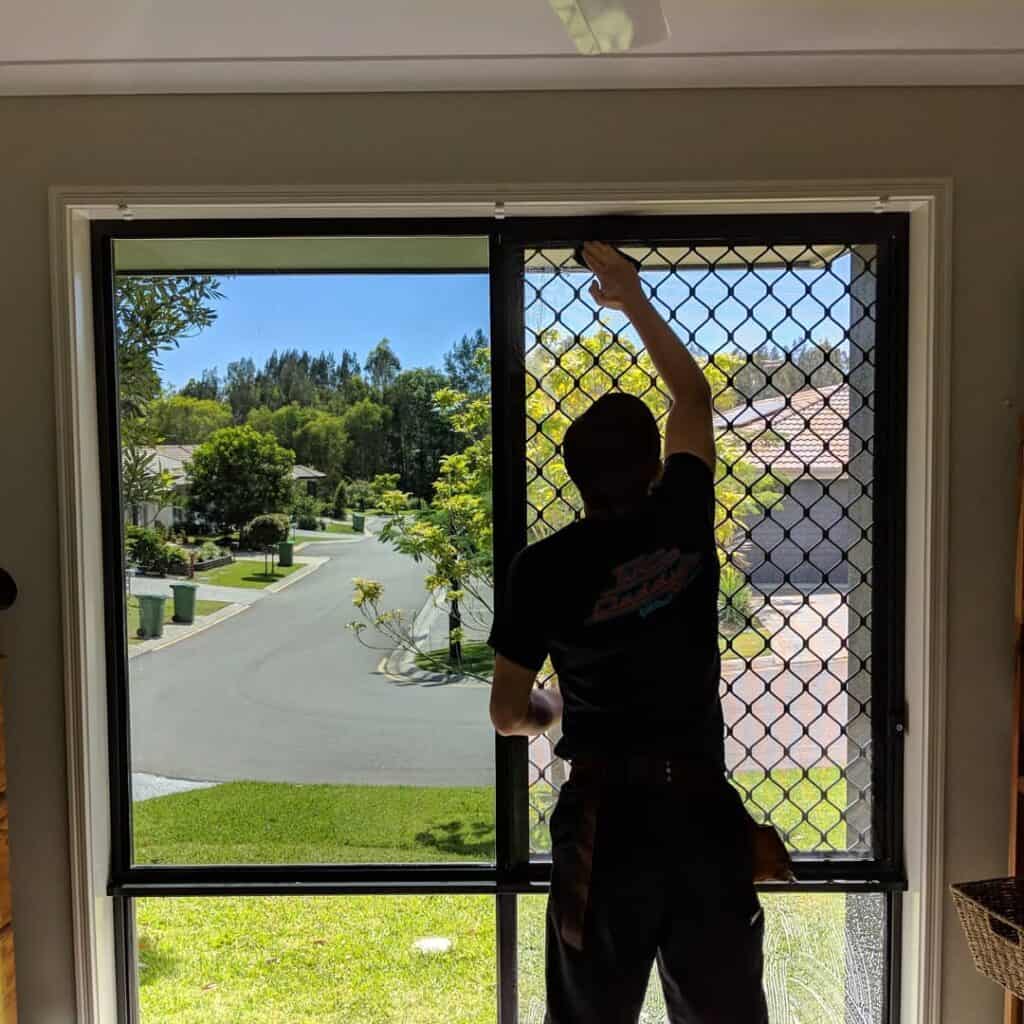
4. What are the things to consider when installing window film?
The application of window film can be a tedious and tricky process. Therefore, it’s important to be knowledgeable about the method on how to install this accessory, together with the types of glass materials to be used.
- Types of glass material
First and foremost, you should be able to distinguish the glass component of your window. This is a pivotal step to ensure the compatibility of the glass and the film. There are three major classifications of glass materials―annealed glass, tempered glass, and laminated safety glass.
Each type of glass has certain elements that make them unique. For instance, standard glass is normally called annealed glass. This is the softest and weakest in terms of characteristics, that’s why this is the cheapest. Often than not, it is chosen by people if safety is not the top priority.
The next on the list would be tempered glass, which is known to be sturdy. Hence, this is harder and more durable compared to other the first one. Meanwhile, laminated safety glass is the standard when we talk about protection, featuring two annealed glasses combined by an internal layer made of vinyl.
- Types of window film
Another relevant factor is the type of film to be used. This might be a challenge, especially with the abundance of options at hand. If you focus on functionality, some of the most common types are heat control window film, insulating window film, ultraviolet light window film, safe window film, and such.
Each window film type comes with a distinct function to help you identify the best option for your needs. For example, the heat control window film is designed to occlude up to 78% of the heat that enters the windows. Thus, it’s commendable if your windows receive a significant amount of sunlight.
Or if you want to regulate the indoor temperature, then the insulating window film is the answer. This type provides an extra layer of insulation by hemming in the heat inside the glass and providing warmth to the room. This is definitely beneficial during winter to protect you from the cold drafts.
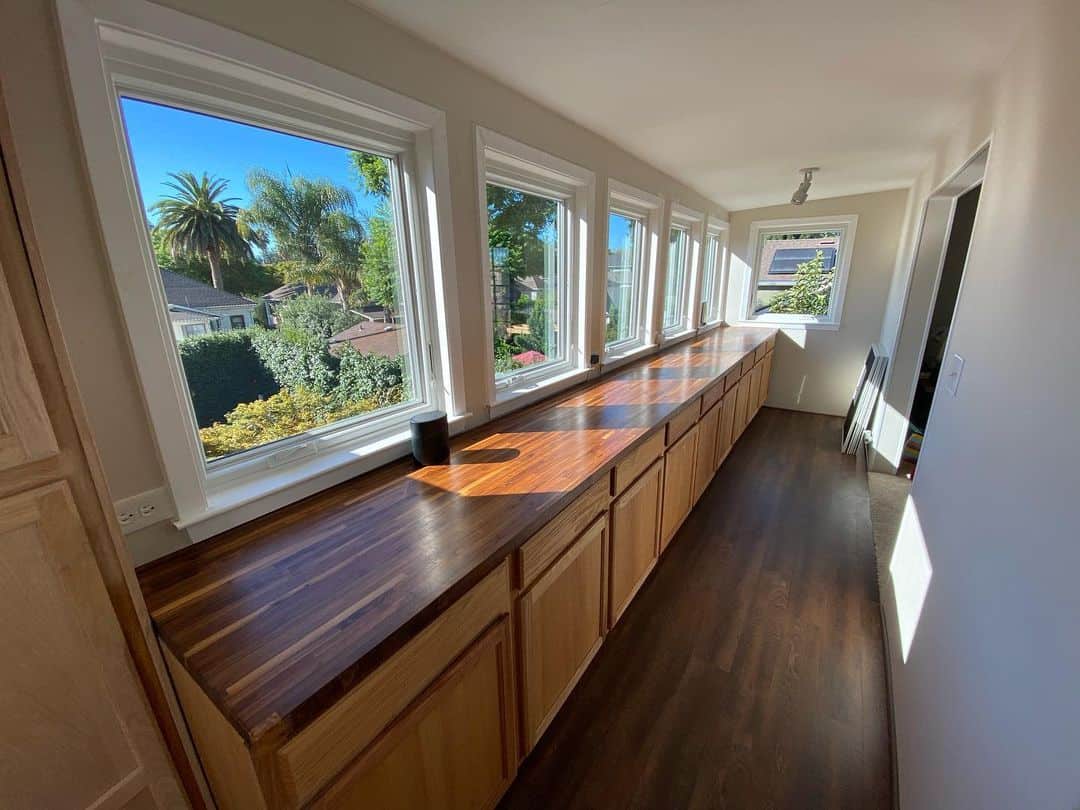
More so, both heat control window film and insulating window films reduce your electricity bill by a significant percentage. So, in terms of energy savings, these two are top-notch.
On the other hand, there are also films designed to improve the overall aesthetics and physical comforts of your home. These include decorative film and architectural film. Because of the wide variety of window film products, you should evaluate each type until you find the right film.
- Presence of low-E coating
Low-emissivity coating, commonly referred to as low-E coating, is a layer added to traditional glass to reduce the entry of light wavelengths such as infrared and ultraviolet. Hence, low-E coating glass windows are quite remarkable in shifting light or re-radiating heat away from the glass surface.
Because of these functionalities, you should know that applying window film on a low-E coating window is not advisable. The main reason arises from the harmful possibility of overheating, which may lead to seal failure and glass breakage.
Usage of an inappropriate film can also damage the glass surface. This happens when the film acquires heat while the other two panes end up trapping the heat. It then builds up the heat, resulting in breakage.
And according to most window manufacturers, glass breakage and seal failure caused by the usage of the wrong film or window tint are not covered by warranty. The ground for such is negligence, which ensues in a warranty void. Other possible reasons for voiding a warranty are the following:
- The chipped or scratched glass surface
- Lettering, paint, and vinyl graphics on the glass
- Application of plastic or polycarbonates
- Weak glass gaskets or framing sealants
- Buildings with a history of seal failure issues and glass breakage
Thus, if you are unsure of the composition of the dual pane window, it’s best to hire an expert. Reach out to the retailer or the manufacturer to have a solid grasp of the best thing to do. More so, these professionals can give you relevant insights about the technicalities of the panes of glass.
This way, you won’t be risking the window manufacturer’s warranty, which is very crucial for both home windows and commercial windows. Likewise, this saves you a couple of dollars from unwanted expenses.

5. Can I DIY the film installation?
Yes, but handle it with utmost caution! As we have mentioned earlier, installing the film on your own can be interesting. But before you kick off with the installation, you need to be downright knowledgeable on the ins and outs of the glass material, along with the window film appropriate for the glass surface.
If you opt to personally install the window film, you also need to pick the right level of tint as well as the reflectivity. Keep in mind the total amount of heat that the glass can absorb before adding the film. In general, films with 50% or higher solar-heat absorption rates are not compatible with dual pane windows.
Additionally, there are specific double-pane windows that are not suitable for window films. These include natural 20% and bronze 20% Variable Light Transmission (VLT) films, along with blackout films. Automotive films are also not adaptable to flat glass surfaces, so steer clear away from this.
If you’re unsure about this information, don’t hesitate to contact your vendor. Through this, you get a detailed understanding of the glass material and the window film application. Most retailers also have metering equipment and tools to identify the presence of low-E coating and alleviate the level of risk.
Conclusion
In a nutshell, adding window film on a dual pane window can be permitted. However, there are certain restrictions that you need to consider before doing so. Therefore, you need to gauge the glass component first and understand the compatibility of the materials.


